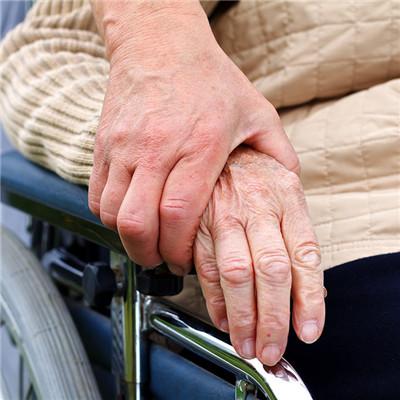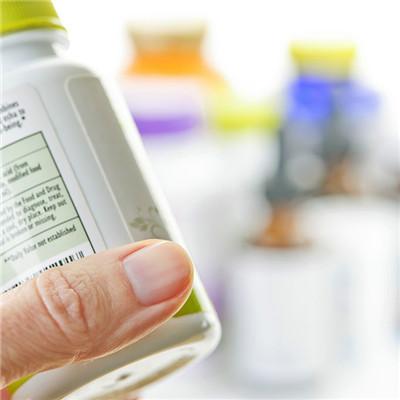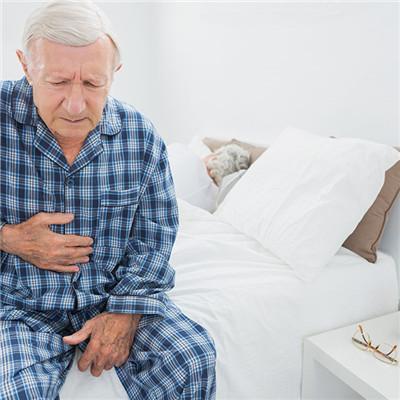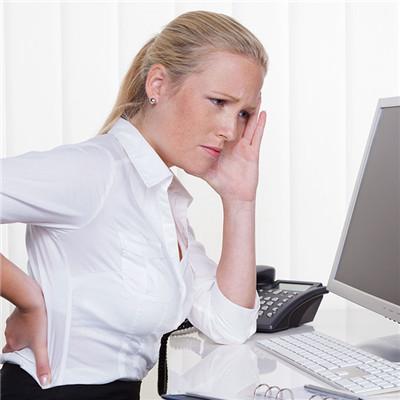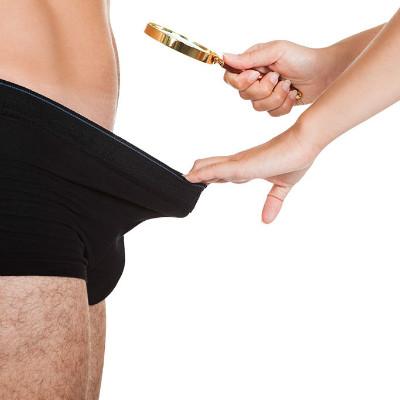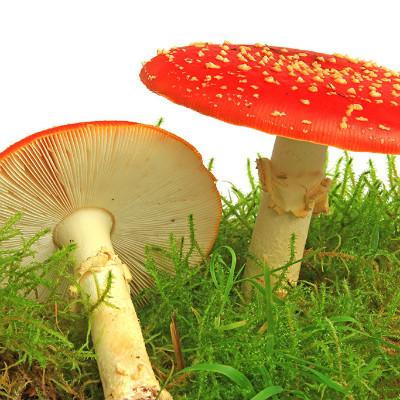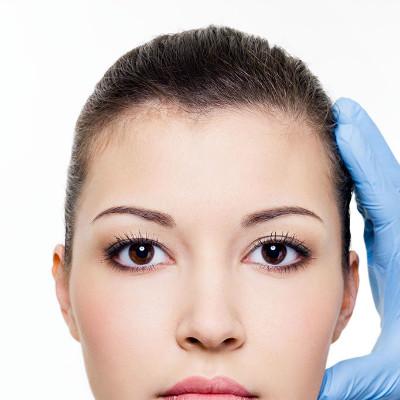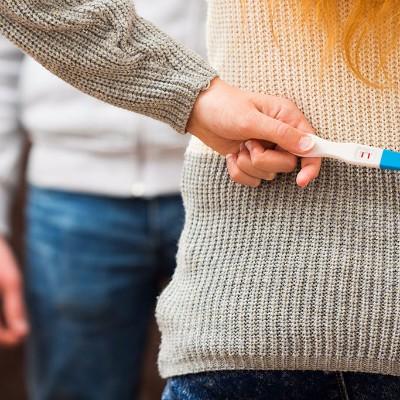Symptoms of costochondritis
summary
Costal cartilage is a kind of cartilage tissue, which is located at both ends of the ribs. It forms a Sternocostal joint with the sternum (the bone in the middle of the chest) and a costotransverse process joint with the spine (the bone in the middle of the back), which together form the thorax and protect the chest organs such as the heart and lung. What is costochondritis? Costochondritis is a common disease characterized by costochondral swelling and pain. Costal cartilage inflammation symptom? Let's talk about it
Symptoms of costochondritis
Costochondritis is mainly divided into two categories: infectious costochondritis (caused by bacteria) and nonspecific costochondritis (caused by reasons other than bacteria). Nonspecific costochondritis accounted for the majority, about 95%. Because there are fundamental differences between non-specific chondritis and infectious chondritis in the cause of disease, treatment methods and treatment effect, it needs to be carefully differentiated.

In the initial stage of nonspecific costochondritis, patients feel chest pain, swelling and swelling, dull pain (opposite to stabbing pain, not too sharp pain) or sharp pain (stabbing pain, clear pain site, and accurate pain site) masses appear in the affected costochondritis. Tenderness is sometimes obvious, and the pain can spread to surrounding tissues, such as armpit, shoulder, neck, etc Breast and other radiation.
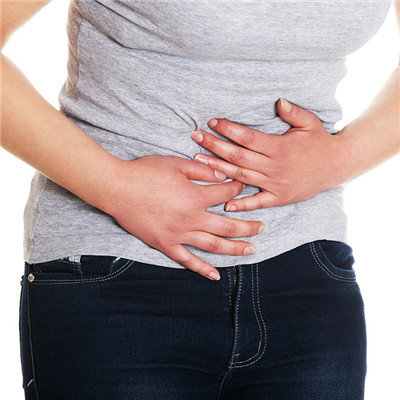
Infectious costochondritis in pain at the same time will be accompanied by local skin redness, swelling and heat pain, and even pus will penetrate the skin outflow, often accompanied by other parts of the body infection symptoms. Infectious costochondritis may present with fever.
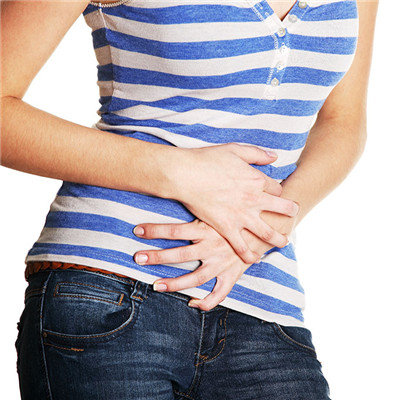
matters needing attention
Strengthening physique, enhancing immunity, preventing cold and keeping warm can effectively prevent the recurrence of costochondritis; When working, increase the awareness of protection, avoid excessive force, pay attention to the correct posture of lifting heavy objects, avoid excessive physical labor. Eat more fruits and vegetables, avoid stimulating food and high-fat food.
